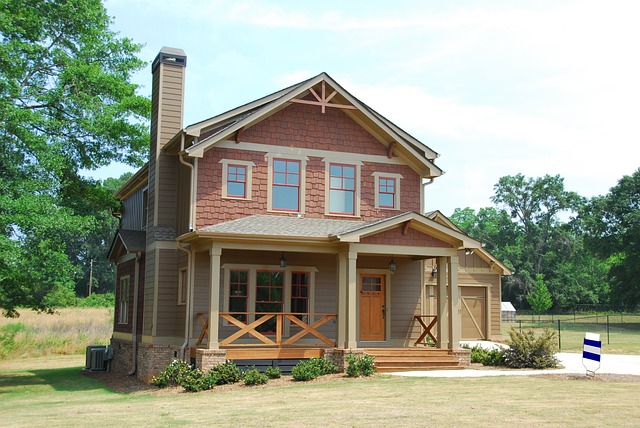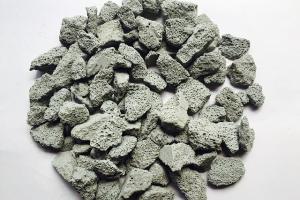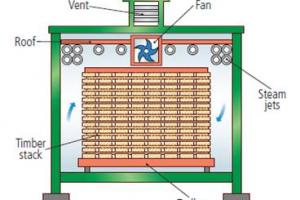Wood as a Construction Material

Advantages of Wood as a Sustainable Construction Material
Wood is a versatile and widely used construction material that has been utilized for thousands of years. It offers several advantages and is still preferred in many applications today. Here are some key points about wood as a construction material:
1. Renewable and Sustainable:
Wood is a renewable resource derived from trees, which can be replenished through responsible forest management. It is considered a sustainable building material because trees absorb carbon dioxide during their growth, making wood products a carbon-neutral or low-carbon option.
2. Strength and Durability:
Wood possesses excellent strength-to-weight ratio properties, meaning it is lightweight yet strong. Certain types of wood, such as hardwoods, have high structural integrity, allowing them to withstand heavy loads. Properly treated and maintained wood can be durable and long-lasting.
![]() Also See: Methods of Natural Seasoning of Wood
Also See: Methods of Natural Seasoning of Wood
3. Insulation and Energy Efficiency:
Wood has natural insulation properties, which can help regulate temperature and reduce energy consumption. Wood has low thermal conductivity, meaning it is a poor conductor of heat. As a result, wood structures can provide better thermal comfort and energy efficiency compared to materials like metal or concrete.
4. Aesthetics and Design Flexibility:
Wood offers a warm and natural aesthetic appeal, providing a cozy and inviting atmosphere. It is available in various species, each with its unique grain patterns and colors, allowing for diverse design options. Wood can be easily shaped, cut, and joined, enabling intricate architectural designs and customization.
5. Construction Speed and Ease:
Wood is relatively lightweight compared to other construction materials, making it easier to handle and transport. Prefabricated wood components, such as trusses and panels, can be manufactured off-site, leading to faster construction times and reduced labor costs.
6. Resilience and Adaptability:
Wood has inherent flexibility, which enables it to withstand dynamic forces like wind, earthquakes, and vibrations. It exhibits good seismic performance and can absorb and dissipate energy, making it suitable for regions prone to earthquakes. Additionally, wood structures can be modified or expanded with relative ease compared to other materials.
7. Environmental Benefits:
Wood is a carbon sink, meaning it stores carbon dioxide captured from the atmosphere during a tree's growth. When used in construction, wood continues to store carbon throughout its lifespan, contributing to the reduction of greenhouse gas emissions.
![]() Also See: Artificial Seasoning of Wood
Also See: Artificial Seasoning of Wood
Despite its numerous advantages, wood also has some limitations. It is susceptible to moisture, pests, and fire. However, proper treatment, maintenance, and adherence to building codes can address these concerns effectively. Overall, wood remains a popular choice for construction due to its sustainability, versatility, aesthetics, and performance characteristics. Its combination of strength, durability, and environmental benefits make it a compelling option for a wide range of building applications, from residential homes and commercial structures to large-scale timber buildings.












